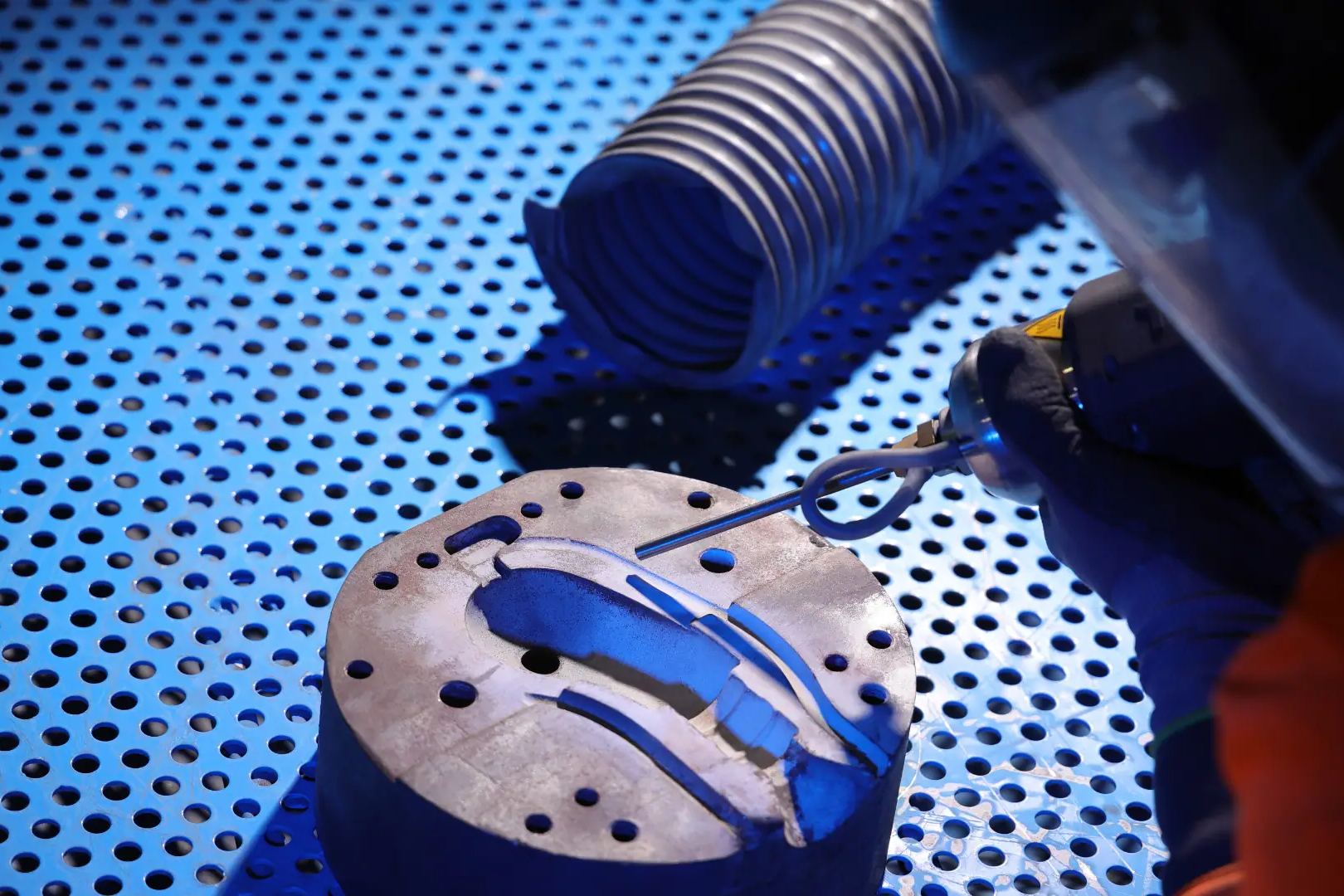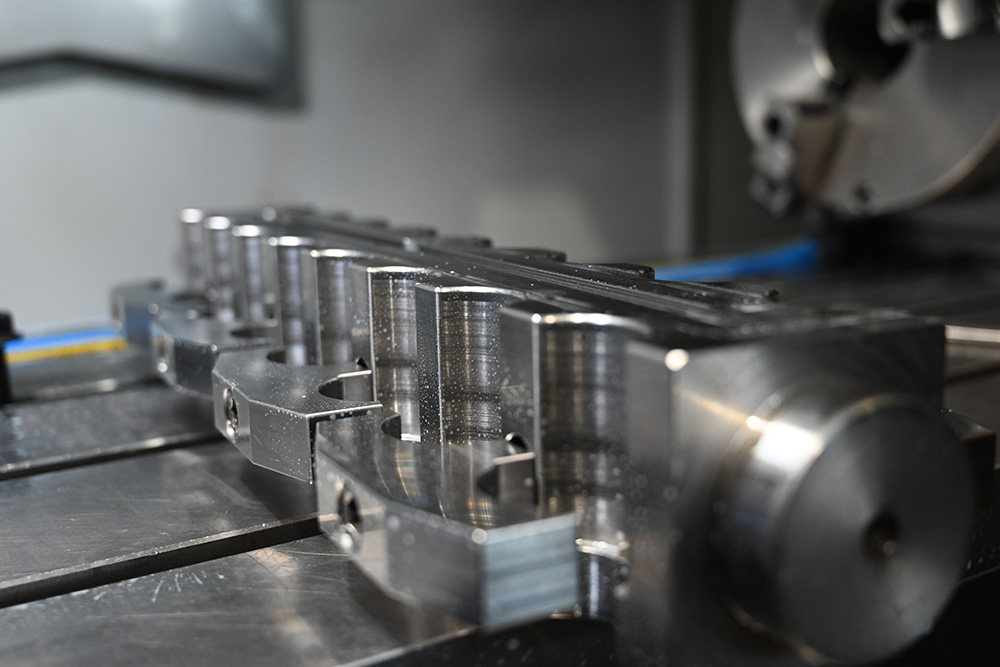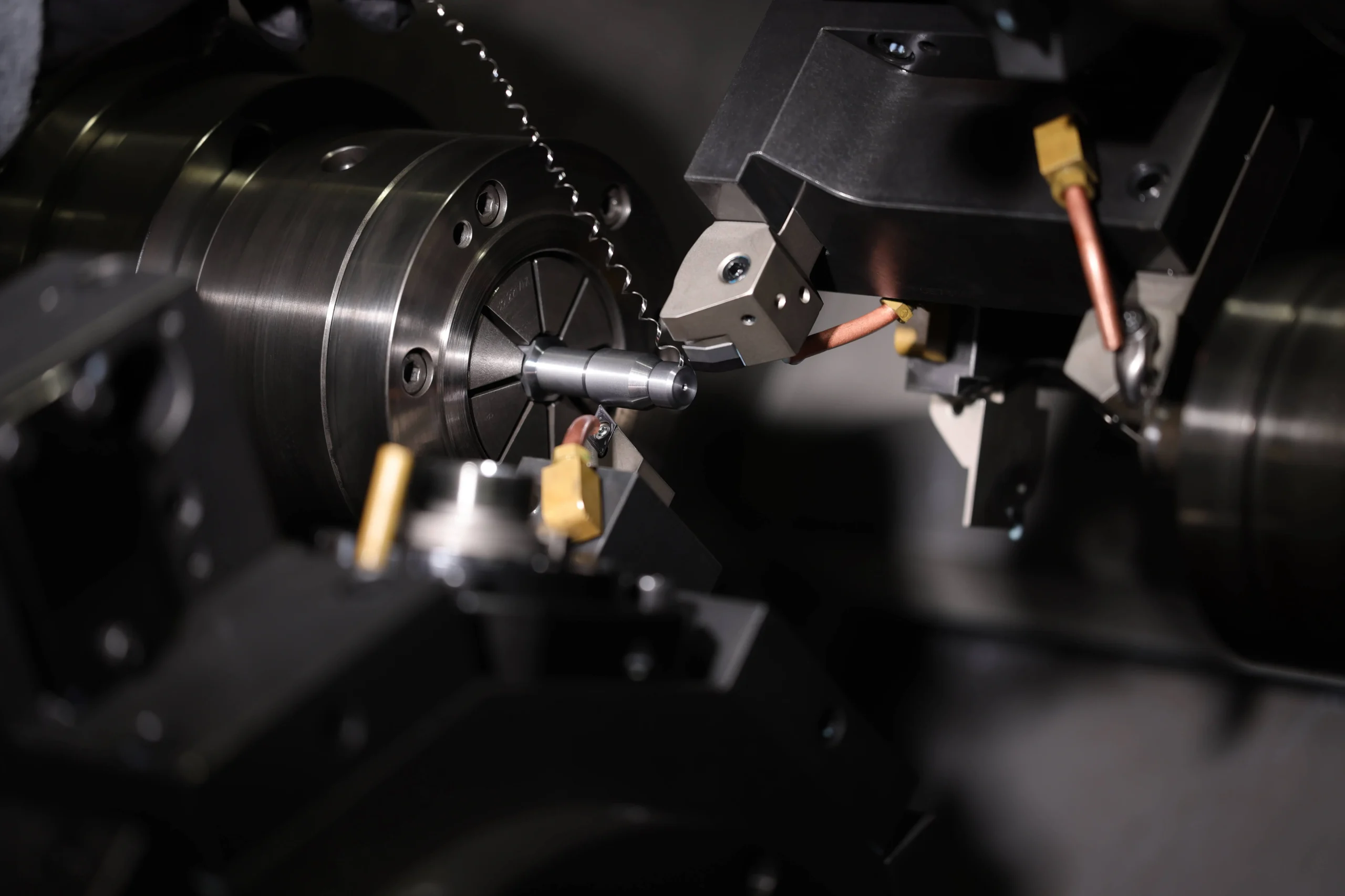Are you curious about how CNC turning works? If you’re new to the world of machining or looking to expand your knowledge, you’ve come to the right place.in this CNC turning guide, we’ll walk you through the basics of CNC turning, how it works, and its applications in Australian manufacturing. Let’s get started!
Understanding CNC Turning
CNC turning is a sophisticated and precise machining process used to manufacture cylindrical parts by removing material from a rotating workpiece using cutting tools. This process leverages Computer Numerical Control (CNC) technology, which automates and controls the machining operation through computer programming. CNC turning is integral to producing components with high precision and consistency, making it indispensable in modern manufacturing.
CNC Turning Guide: How Does CNC Turning Work?
- Design: The process begins with designing the part using CAD (Computer-Aided Design) software. Engineers create detailed 2D or 3D models of the part, specifying dimensions, features, and material properties. CAD software enables the visualisation of complex geometries and helps identify potential design issues before manufacturing begins.
- Programming: Once the design is finalised, the next step is to program the CNC machine using CAM (Computer-Aided Manufacturing) software. CAM software translates the CAD model into a set of instructions (G-code) that the CNC machine will follow. These instructions include tool paths, cutting speeds, feed rates, and other parameters essential for machining the part accurately.
- Setup: The setup phase involves mounting the workpiece securely in the CNC lathe machine’s chuck and installing the cutting tool in the tool holder. The CNC machine is then configured according to the programmed instructions. Proper setup is critical to ensure that the workpiece is aligned correctly and that the cutting tools are positioned accurately.
- Machining: With the setup complete, the CNC machine begins the turning process. The workpiece rotates at high speed, while the cutting tool moves along its length, removing material to create the desired shape and dimensions. The CNC machine follows the programmed tool paths precisely, ensuring consistent and accurate machining.
- Monitoring: Throughout the machining process, operators closely monitor the operation for any signs of issues such as tool wear, vibrations, or material defects. Advanced CNC machines may have built-in sensors and monitoring systems that provide real-time feedback, allowing operators to make adjustments as needed to maintain quality and accuracy.
- Finishing: Once rough machining is complete, finishing operations are performed to achieve the final dimensions and surface finish. These operations may include contouring, threading, grooving, and polishing. Finishing processes are essential for meeting tight tolerances and achieving the desired surface quality.
- Inspection: The finished part undergoes a thorough inspection using precision measuring tools such as callipers, micrometres, and coordinate measuring machines (CMM). This inspection ensures that the part meets the required tolerances, dimensions, and quality standards. Any deviations detected during inspection are addressed, and necessary corrections are made.
Understanding Turning Axes in CNC Turning
In CNC turning, the orientation and movement of the cutting tools and the workpiece are defined by various axes. Understanding these axes is crucial for grasping how CNC turning machines operate and how they can be programmed to produce precise and complex parts. This section will explore the primary turning axes used in CNC turning, their functions, and how they contribute to the machining process.
The Basic Axes in CNC Turning
CNC turning machines typically operate using two main axes: the X-axis and the Z-axis. Some advanced CNC lathes also incorporate additional axes, such as the Y-axis and C-axis, to enhance their capabilities.
X-Axis
- Function: The X-axis represents the horizontal movement of the cutting tool perpendicular to the spindle axis (the central axis of the rotating workpiece). It controls the radial position of the cutting tool relative to the workpiece.
- Significance: The X-axis movement is critical for defining the diameter of the part being machined. Adjustments along the X-axis determine the depth of cut and the overall size of the turned part.
Z-Axis
- Function: The Z-axis denotes the longitudinal movement of the cutting tool parallel to the spindle axis. It controls the position of the tool along the length of the rotating workpiece.
- Significance: The Z-axis movement is essential for creating the length and profile of the part. It enables operations such as facing, turning, and longitudinal cutting, which shape the external contour of the workpiece.
Advanced Axes in CNC Turning
Modern CNC lathes may include additional axes to perform more complex machining tasks and enhance precision. These advanced axes provide greater flexibility and capability in machining operations.
Y-Axis
- Function: The Y-axis represents vertical movement perpendicular to both the X-axis and the Z-axis. This axis allows the cutting tool to move up and down relative to the workpiece.
- Significance: The addition of the Y-axis enables the machine to perform off-center operations, such as milling, drilling, and slotting, which are not possible with just the X and Z axes. This capability is particularly useful for creating intricate features and geometries on the part.
C-Axis
- Function: The C-axis allows the spindle to rotate in precise increments, enabling the workpiece to be indexed or rotated to specific angular positions.
- Significance: With C-axis control, the CNC lathe can perform milling and drilling operations on the circumference of the part, effectively turning the lathe into a milling machine. This multi-tasking capability allows for the complete machining of complex parts in a single setup, reducing the need for multiple machines and setups.
Multi-Axis CNC Lathes
Advanced CNC lathes, often referred to as multi-axis lathes or turning centres, combine multiple axes to perform sophisticated machining tasks. These machines can range from 3-axis lathes to 9-axis lathes, each offering varying levels of complexity and capability.
3-Axis CNC Lathes
- Axes: X, Z, and C axes.
- Capabilities: These machines can perform basic turning and milling operations, making them suitable for parts with simple to moderate complexity.
4-Axis CNC Lathes
- Axes: X, Y, Z, and C axes.
- Capabilities: These lathes add vertical movement (Y-axis) to the mix, allowing for more complex geometries and off-centre features.
5-Axis CNC Lathes
- Axes: Typically X, Y, Z, C, and B axes (B-axis enables the tilt of the tool head).
- Capabilities: These machines offer even greater flexibility, allowing for the machining of highly complex parts with intricate features and contours.
6-Axis and Beyond
- Axes: In addition to the primary axes (X, Y, Z, C, B), these machines may include additional rotary or linear axes.
- Capabilities: These advanced turning centres can handle the most complex parts, combining turning, milling, drilling, and other operations seamlessly.
Advantages of CNC Turning
CNC turning offers numerous advantages over traditional machining methods, making it a preferred choice for many manufacturers:
High Precision and Accuracy
CNC turning machines can achieve extremely tight tolerances, producing parts with exceptional precision and consistency. This high level of accuracy is crucial for applications where even minor deviations can lead to significant performance issues.
Increased Efficiency
The automation of CNC turning reduces the need for manual intervention, minimizing human error and increasing production efficiency. CNC machines can operate continuously, 24/7, without fatigue, leading to higher productivity and faster turnaround times.
Versatility
CNC turning is versatile and can handle a wide range of materials, including metals, plastics, composites, and more. This versatility makes it suitable for various manufacturing applications, from simple components to complex geometries.
Cost-Effectiveness
While the initial setup costs for CNC machines may be higher, the long-term cost savings are significant. CNC turning reduces material waste, minimizes labor costs, and enhances production efficiency, leading to lower overall manufacturing costs.
Flexibility
CNC machines can be easily reprogrammed to produce different parts, allowing manufacturers to adapt quickly to changing production requirements. This flexibility is particularly beneficial for custom manufacturing and prototyping.
Improved Safety
CNC turning enhances workplace safety by reducing the need for manual handling of tools and materials. The automated nature of CNC machines minimizes the risk of accidents and injuries, providing a safer working environment.
Applications of CNC Turning in Australian Manufacturing
CNC turning is widely used across various industries in Australia for manufacturing precision components such as shafts, bushings, pulleys, and fittings. It is particularly well-suited for producing cylindrical parts with tight tolerances and intricate geometries.
Now that you understand the basics of CNC turning, you’re ready to explore its applications and potential in Australian manufacturing. Whether you’re a hobbyist, entrepreneur, or industry professional, CNC turning offers a versatile and efficient solution for creating high-quality components with precision and accuracy.
If you’re interested in learning more about CNC turning, CNC machining services and CNC engineering to explore how it can benefit your manufacturing projects, don’t hesitate to reach out to us. Our team of experts is here to help you unlock the full potential of CNC turning in Australian manufacturing.
Ready to take your machining skills to the next level? Contact us today to get started!
Related Posts
June 3, 2024
What is Cold Spray? | Comprehensive Overview
What is cold spray? Cold spray is an advanced coating and additive…
June 2, 2024
17 CNC Machining Materials | Comprehensive Guide
Selecting the right CNC machining materials material is crucial to the success…
June 1, 2024
CNC Machining Tolerances | Comprehensive Guide
CNC machining tolerances are essential for achieving the desired precision and…




